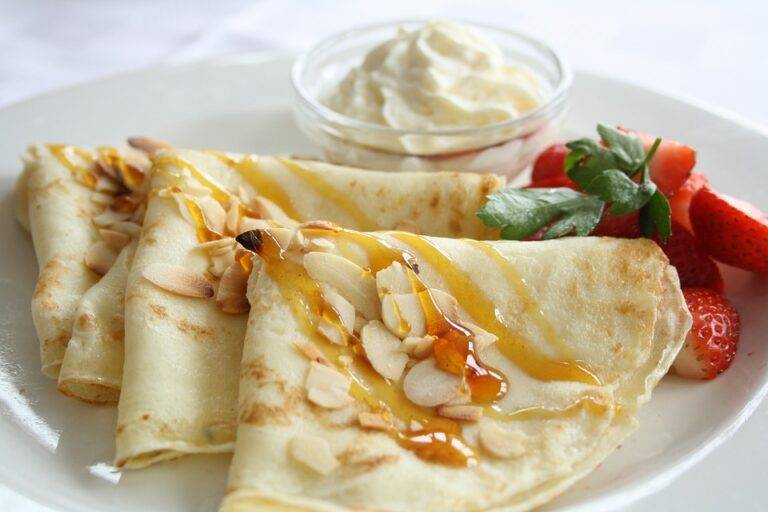
The Science Behind Pancakes and How Ingredients Affect Texture and Flavor
Pancakes are a beloved breakfast staple enjoyed by people all around the world. The fluffy, golden-brown discs are not only delicious but also fascinating from a scientific standpoint. The ingredients used in pancake batter play a crucial role in determining the texture and flavor of the final product. In this report, we will delve into the science behind pancakes and explore how different ingredients can impact the outcome.
The Role of Flour
Flour is the main ingredient in pancake batter, providing structure and volume to the pancakes. The type of flour used can greatly affect the texture of the pancakes. All-purpose flour is commonly used in pancake recipes, as it strikes a balance between protein content and gluten development. Gluten is a protein that gives pancakes their structure and elasticity. Using a flour with a higher protein content, such as bread flour, can result in chewier pancakes with a denser texture.
The Importance of Leavening Agents
Leavening agents, such as baking powder and baking soda, are essential for creating light and fluffy pancakes. These ingredients react with the acid in the batter to produce carbon dioxide gas, which causes the batter to rise and expand. Baking powder is a combination of an acid and a base, while baking soda requires an acidic ingredient, such as buttermilk or vinegar, to activate. The amount of leavening agent used can affect the texture of the pancakes – too much can result in a bitter taste, while too little can lead to dense and flat pancakes.
The Role of Eggs
Eggs are another crucial ingredient in pancake batter, providing structure, moisture, and richness to the final product. The proteins in eggs help bind the other ingredients together, while the fat in the yolks adds flavor and tenderness. Using more eggs in the batter can result in richer and more flavorful pancakes, while using fewer eggs can lead to a lighter texture.
The Impact of Liquid Ingredients
Liquid ingredients, such as milk or buttermilk, help create the desired consistency of pancake batter. The amount of liquid used can affect the thickness of the batter and the final texture of the pancakes. Adding more liquid can result in thinner pancakes, while reducing the amount of liquid can lead to thicker and fluffier pancakes. Experimenting with different types of liquids, such as almond milk or coconut milk, can also add unique flavors to the pancakes.
Industry Insights
The pancake industry is a lucrative market, with major players such as Aunt Jemima, Bisquick, and Krusteaz dominating the market. According to a report by Grand View Research, the global pancake market size was valued at $2.5 billion in 2020 and is expected to reach $3.4 billion by 2027, with a CAGR of 4.2% during the forecast period. The growing demand for convenient and ready-to-eat breakfast options, coupled with the increasing popularity of brunch culture, is driving the growth of the pancake market.
In conclusion, the science behind pancakes is a fascinating blend of chemistry and culinary art. By understanding how different ingredients interact with each other, home cooks and professional chefs alike can create pancakes with the perfect texture and flavor. Experimenting with flour, leavening agents, eggs, and liquids can lead to endless variations and possibilities in the world of pancakes. So next time you whip up a batch of pancakes, remember the science behind the batter and enjoy the delicious results.